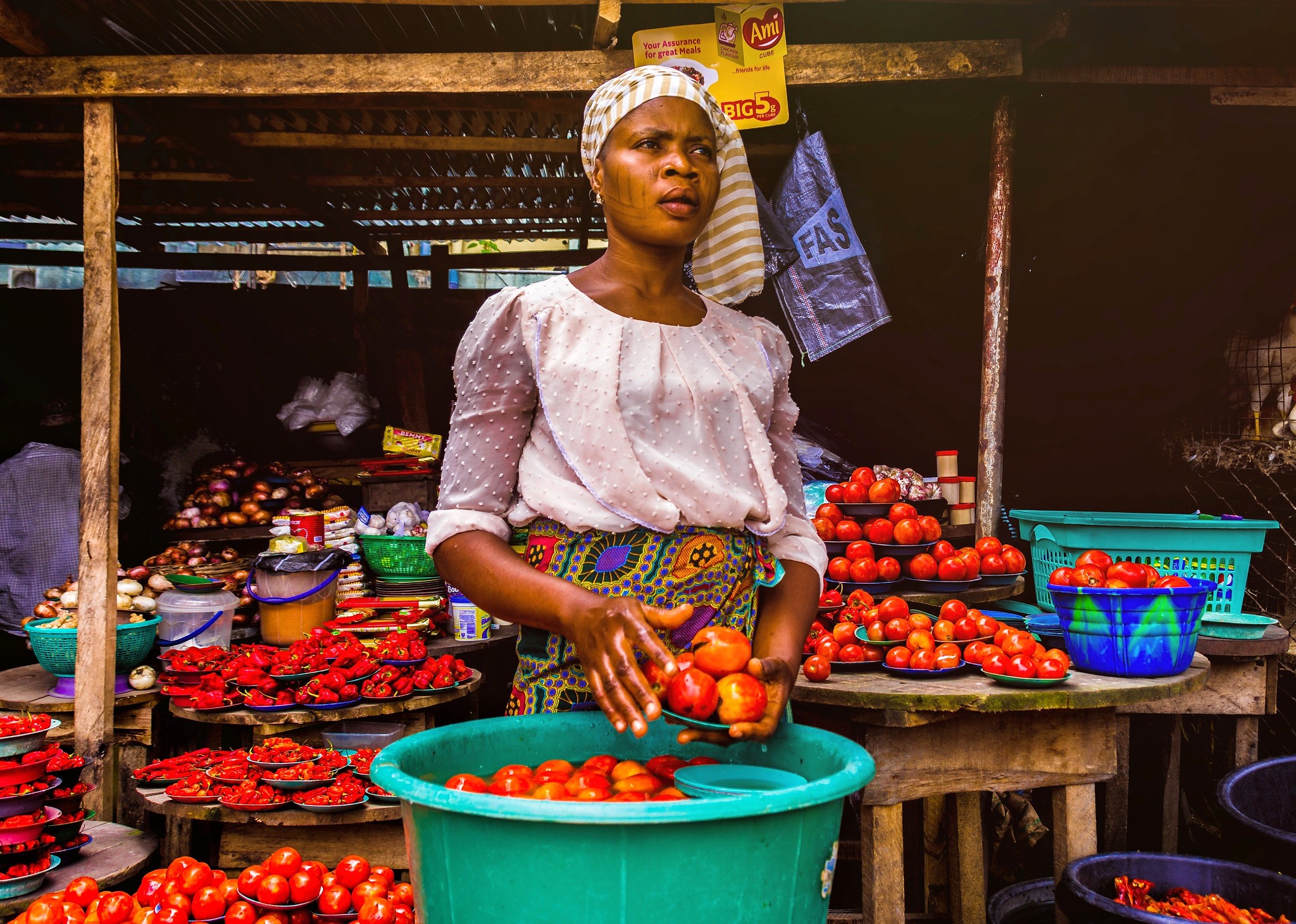Informal Economy Data Explorer
Published on 13 June 2022
The informal economy absorbs 8 out of every 10 enterprises in the world. More than 60 percent of the world’s employed population, that is 2 billion people earn their livelihoods in the informal economy. The emergence of non-standard forms of employment, including through the rise in digital labor platforms, is also pushing the boundaries of the informal economy around the globe. The COVID-19 crisis has amply exposed the vulnerabilities of the informal economy, highlighting the need for enhanced, gender-responsive policy efforts to both protect and empower informal workers and enterprises while facilitating their gradual transitions to formality to foster job creation and decent work, avoid a deepening of poverty and inequality and build forward better.
Drawing on 190+ indicators from UNDP’s Data Futures Exchange, ILO, and the World Bank, the Informal Economy Data Explorer includes and helps visualize a wide range of data on the informal economy (workers and enterprises). It supports comparative cross-country research on the informal economy and allows to investigate relationships between informal economy indicators, poverty, inequality, gender, governance, technology other key development indicators

